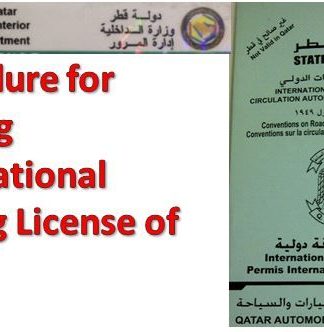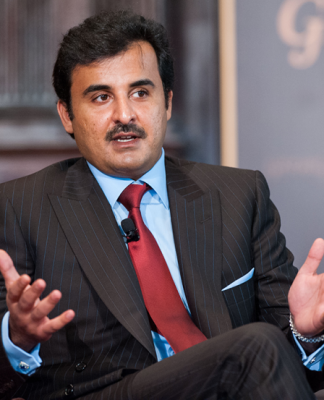Eurozone GDP sees barely any growth in second quarter
Containers are pictured in the harbor in Frankfurt, Germany, Friday, July 28, 2023.
By Doloresz Katanich
Published on 07/09/2023 – 14:43•Updated 15:59
Share this article
Comments
The latest figures from Eurostat show that economic activity in the eurozone grew less than initially estimated, by 0.1% over the April-June period compared to the previous three months.
The eurozone’s economic output just about inched forward in the second quarter of the year, according to the latest data, in worse-than-expected results driven by the dismal performance of exports and stagnating domestic consumption.
The latest figures from Eurostat show that economic activity in the eurozone grew by 0.1% over the April-June period compared to the previous three months — a lower rate than initially estimated — and expanded by 0.5% in a yearly comparison after a growth rate of more than 1% last year.
Annual inflation in the eurozone remains unchanged in August at 5.3%, still far from the ECB target
OECD urges EU to increase interest rates further
The EU’s 27 countries’ combined GDP languished on a quarterly basis and grew by 0.4% compared to the same period last year.
Germany, Italy, and France
Even the bloc’s strongest economies showed no brighter picture: Germany suffered a 0.1% contraction on a yearly basis and stagnated compared to the first three months of the year.
Italy’s GDP meanwhile grew by 0.4% on a yearly basis but contracted compared to the first three months of the year.
France managed to grow its economic output by 1% in comparison with the same quarter of the previous year.
The three countries make up half the entire GDP of the EU.
Low consumption and exports dragged down performance
Due to high inflation, domestic consumption grew sluggish in both the euro area and the EU.
Meanwhile, exports decreased by 0.7% in both, in part due to the slowdown in trade with China and the sharp decline of the German carmaking industry.
The rate of production fell for the third consecutive month in July.
Eurostat
Employment growth in the euro area and EUEurostat
Employment is growing… but not by much
The labour market shows signs of moderate and slowing growth in the EU and eurozone.
The rate of employment increased by 0.2% in the euro area and by 0.1% in the EU in the second quarter of 2023, compared with the previous quarter.
In a yearly comparison, employment increased by more than 1% in both blocs, led by the likes of Lithuania, Portugal, Malta, and Czechia, where companies hired the most new people in the second quarter of 2023.






























